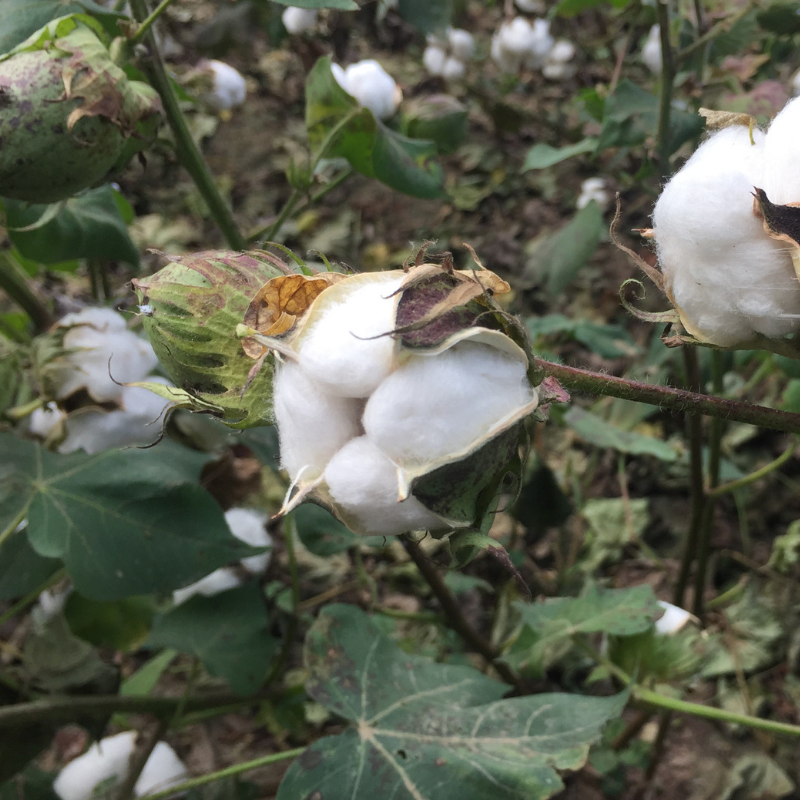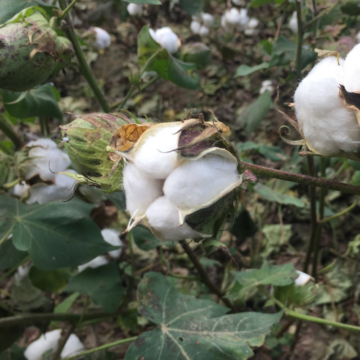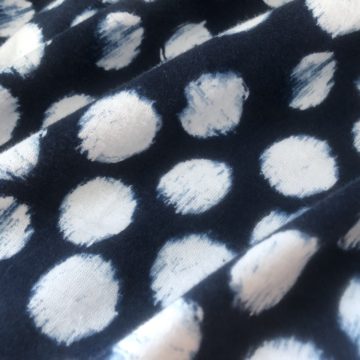
Years ago I laughed as my niece was picking cotton and dreamed of her mom making her some socks or something with the fiber. Well, if that niece was on the How to Make Everything team, she may have figured out a way to make it happen AND get video throughout the process.
Watching this video made me laugh a bit cause there were some things I knew really should have been thought about in advance (reminder cotton doesn’t like too much rain). But mostly the video made me think about how much goes into the stuff we have. It takes a lot to make a t-shirt!
The Premise: Hard to Know What it Takes to Produce Common Items
If you aren’t familiar with How to Make Everything you may want to check out a few of their videos. They break down something as simple as a new t-shirt but walk you through all the complex pieces of work it takes to happen. This episode is especially useful for people who purchase those cheap $5 t-shirts but may not think much about what it takes to make t-shirts and the true cost of cheap clothing. As someone who advocates for a better t-shirt rather than simply more in my wardrobe (confession I still have too many), and someone who has seen the various processes at a bigger scale, I am beyond impressed someone would be so committed to the idea that they spent three years working on the project!
It’s collapsed down to a really good 20 minutes if you want to see what it would take to produce a cotton t-shirt…. all the way from growing to sewing and wearing.
It’s Hard Growing Cotton
I love how honest he is on why it took so long to get this project done. Trying to grow cotton in a garden is hard but growing it in Minnesota…. that’s a few extra levels of hard. I lived in New York years ago and grew a cotton plant in my office. Although we all enjoy how much longer the days are in summer when we live in northern areas, reality is the number of days where that sunlight is paired with the temperatures cotton thrives in is not enough.

The things I saw that I thought hmmm…. I started seeds similarly to the way he did, small tray or pot, and I moved it to a five gallon bucket under heat lights later trying to give the tap root a good shot. Having some sand mixed into that potting soil could have helped too since cotton doesn’t like a lot of water on it (farmers say cotton doesn’t like wet feet). Seeing him try to scoop up cotton plants out of deep water…. all I could think was bless his heart. Cotton farmers know the pain though they may have looked for a different patch of ground and planted soybeans there.
The Knitting Process vs Weaving
Did you get the part where they actually built looms? I haven’t thought much about the world without knit fabrics…. I mean t-shirts, yoga pants, etc are so awesome in their stretch because the way the machinery works… so even though it is 100% cotton, it has that nice physique hugging quality.
Seeing them weave fabric and him make himself fit? Priceless!
Options to See Dirt to Shirt

There are some farmers who work with specific suppliers in the U.S. who are trying to help the textile industry here rebound. Ronnie Burleson is a farmer in North Carolina I met years ago when friends and I toured his farm (Brian of The Farmer’s Life wrote a post about his first cotton farm visit). Ronnie grows and his cotton is spun, dyed, knitted all nearby in the Cotton of the Carolinas products. They call it going dirt to shirt, a spin on farm to plate that fits. I’m guessing those shirts would be a perfect fit with the North Carolina Wrangler jeans.





I’m ashamed to say I’ve never even thought about it. And I’m the one who LOVES a background story! Shame on me. Going to watch now…
No worries! I can guarantee you that you aren’t alone! It’s really wild to think about…. and I’ve seen so many parts of the process but seeing someone try to do it themselves… that was eye-opening to say the least!